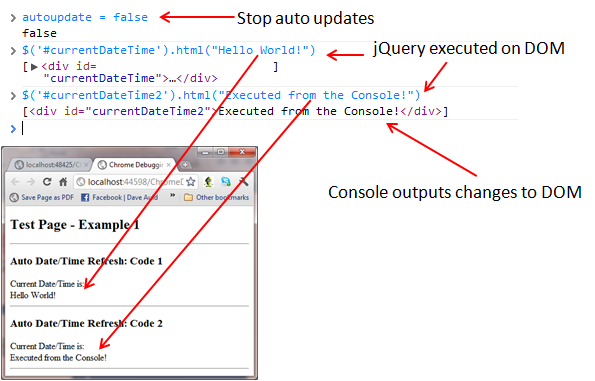

- JQUERY POST TO A PAGE AND THEN GO TO IT HOW TO
- JQUERY POST TO A PAGE AND THEN GO TO IT REGISTRATION
- JQUERY POST TO A PAGE AND THEN GO TO IT CODE
- JQUERY POST TO A PAGE AND THEN GO TO IT DOWNLOAD
It’s also by far the easiest solution to implement that I was able to find! The first thing you need to do is download LocalScroll and insert it along with jQuery into your HTML (ScrollTo will be included in the download as well). LocalScroll was built for the sole purpose of animating anchor link scrolling so it’s the perfect tool for the job.
JQUERY POST TO A PAGE AND THEN GO TO IT REGISTRATION
This sounds complicated but it’s super simple. The page markup for our registration page is very similar to the one shown in our clientside example except we are not going to override the form submission. The second is an extremely handy little jQuery plugin from Ariel Flesler called ScrollTo and finally, you’ll need an offshoot of ScrollTo called LocalScroll. The first is of course jQuery because it’s amazing and makes everything easier. To accomplish this, we need three things.

The site will still work for anyone with JS turned off, they just won’t see the animation. post() method allows you to send asynchronous http POST request to submit and retrieve the data from the server without reloading whole page. There are 2 pages in this application, these are 1. Let us make a small application in asp.net that shows how it works. Finally return this data to the jQuery Post method. Then from this page access and get data from DB.
JQUERY POST TO A PAGE AND THEN GO TO IT HOW TO
Information architecture: How to structure. The jQuery Post Method can be used to fetch data from Database. Instead, it’s much better to set the linking up in HTML exactly like we’ve done here and then add the animation effect for JavaScript users. The following are the key areas to consider in building a truly optimized website. You could perform the entire linking and scrolling operation in JavaScript, but I think that’s a bad idea simply because you’re unnecessarily limiting the number of people that can use your site to those with JavaScript turned on. What if we want to make this a more gradual effect so the user can plainly see that the page is scrolling down? There’s no animation at all, the page just jumps right to the anchor upon clicking. $post(somephp.With HTML, anchor linking works, but the transition is pretty harsh. You know when you do a Jquery POST right……

I’m struggling to explain what I need to do exactly – I’m sure it’s just me not understanding the process properly….
JQUERY POST TO A PAGE AND THEN GO TO IT CODE
Note: The code is probably messy, so excuse any mistakes please… :-) and be nice ! Save slider as a stand-alone page, Wordpress plugin, Joomla module embed in page with Insert-to-Page Wizard publish to server via built-in FTP client. Please check it with Firebug – that is probably the best way to see it in-situ, as I may paste incomplete code here and confuse you even more. This is pretty simple, just include one of the following snippets: ('new target URL') //or ('new target URL') I would recommend using replace because the original URL is not valid. If I am completely off the rails – then by all means please help me get back onto it. There are times when this is not possible and you would need to use a JavaScript redirect to a URL. I’m probably not doing it right, but this is my way of experimenting and learning and trying different things. It sort of works, because the echo’s are inserted into their own div’s, but are still wrapped inside the wrapping DIV of #membercontact, I need to get them OUT of that wrapping div and make them independent. Login.php does not do much at the moment except echo back the filled out fields on the form on members.php – these echo’s however is sent back to the callback function of the jquery POST, and then using Jquery – I am trying to split them into two separate variables so as to insert them into two separate DIV’s ( #login_msg_response and #membercontact) and style them accordingly. Is submitted, then intercepted by some jquery code which in turn does a POST to a php file called “login.php”.Ģ. If you look at the site I’m busy with, you will see that I’m trying to make a login form which:ġ.


 0 kommentar(er)
0 kommentar(er)
